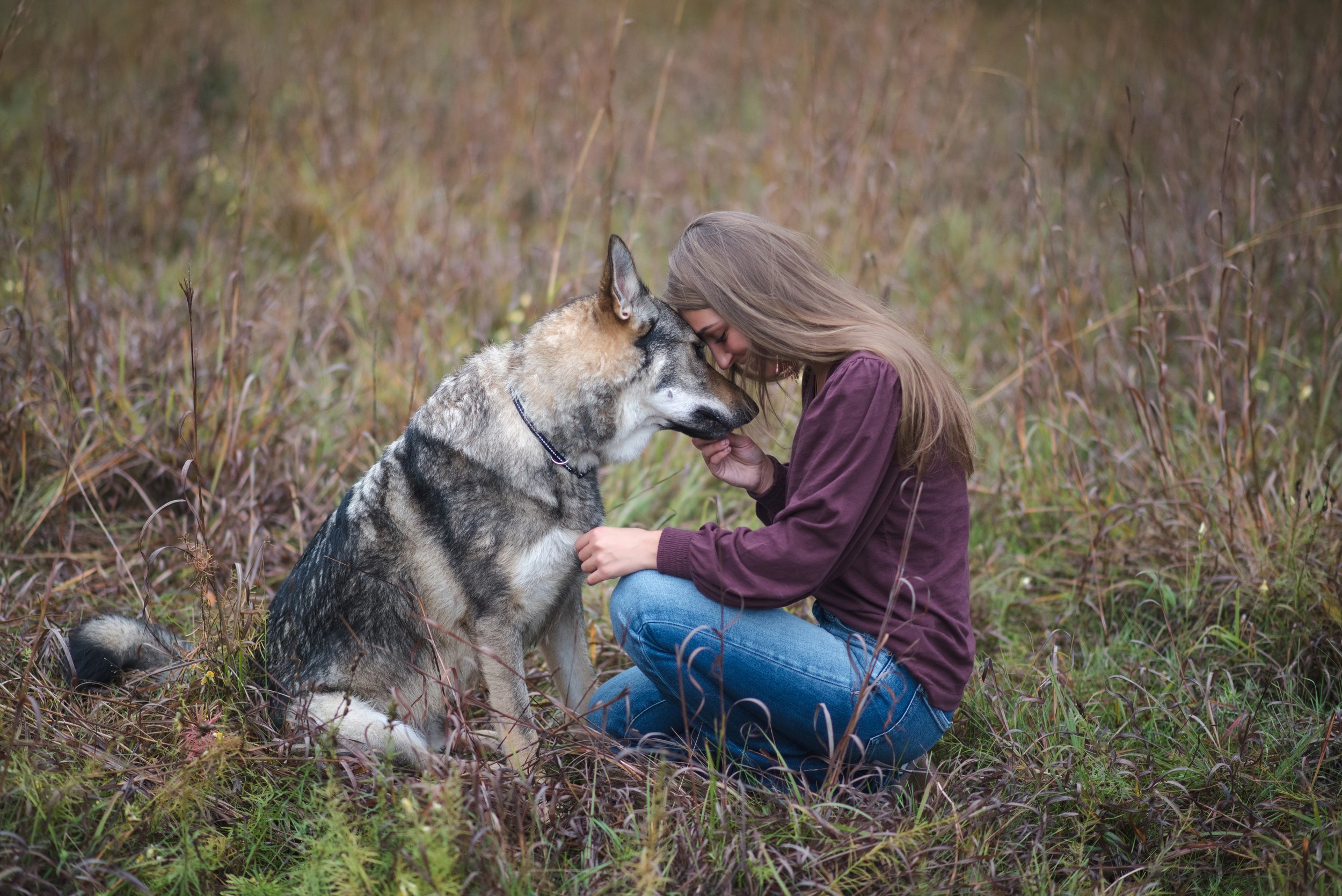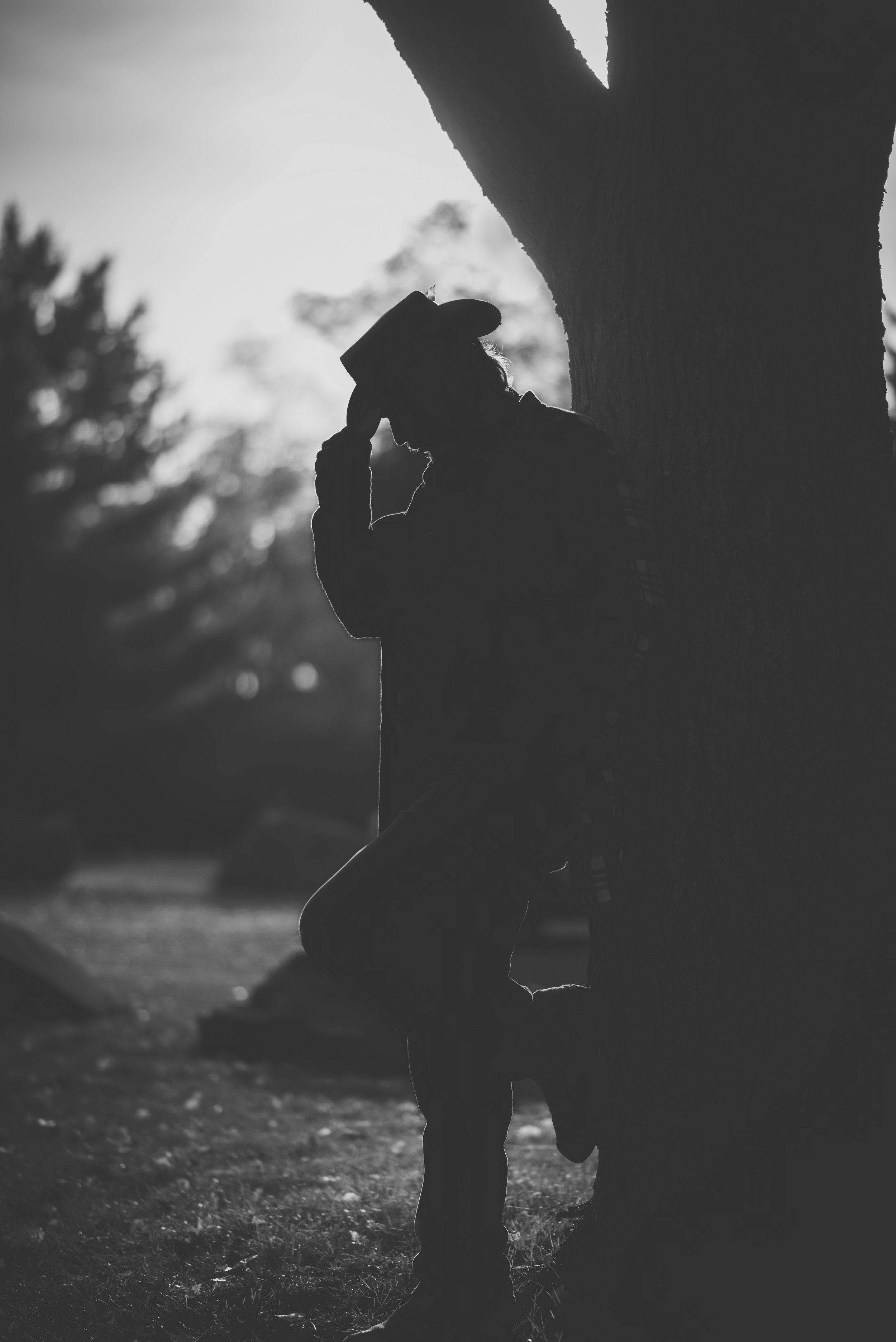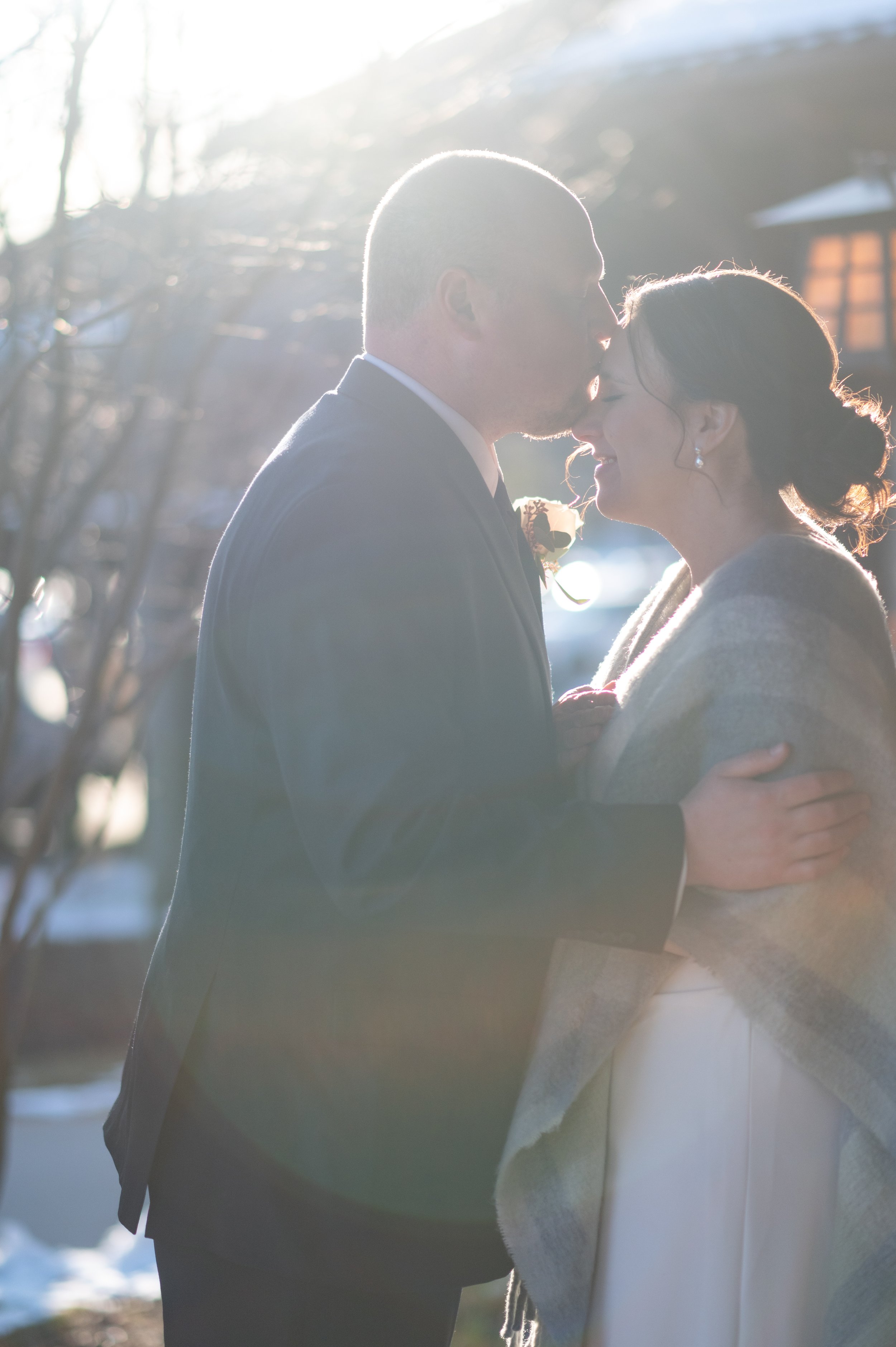An Overview of Photo Rights
April 20, 2024
If you have ever read through a photography contract, I’m sure you have encountered terms like “personal usage” or “commercial rights” or even “RAWs” and “copyright”. In my personal experience as well as anecdotes I’ve encountered in different photography groups online, I have come to realize that many clients don’t necessarily know the ins and outs of these terms. I’ve seen instances of people feeling they own a photo because they are the subject of the photo. I’ve seen other instances of people demanding ownership of photos because they do not want the photographer to publicly post those photos.
Before I dive in, please let me emphasize that *I am NOT a lawyer* and this is *NOT legal advice*. My intent is to educate and to separate these terms to make it easier for photographers and clients to be on the same page and potentially avoid conflicts based on misunderstandings.
Copyright
According to US Copyright law, the moment a camera shutter is pressed, the photographer is the owner of that photo unless the photographer signs over that ownership or is part of work for hire. A good example of that is a photographer who works for a magazine taking photos for said magazine. Generally, in that instance, the magazine would own the rights to the photograph.
An overwhelming majority (myself included) indicate that copyright will stay with the photographer even after photos are delivered to the client. However, it is important to note that one does not need to own the copyright of a photo to print it or use it personally or even commercially. It simply means that the copyright holder holds the right to alter, reproduce, publish, sell, etc. the image.
This also means that, just because you (general you) are in the photograph, it does not mean you own the photograph. However, it also doesn’t necessarily mean the photographer can do anything and everything with it… but more on that later.
Personal Usage
Unless I’m working with a business on branding photos or headshots, my clients are given rights for personal usage of their photos. This basically means clients can print, post, and share the images via personal avenues such as personal social media profiles and prints. Basically as long as the photos are not being used in any business avenue like advertising, social media posts on a business profile, or any other way that can directly or indirectly help the client gain profit, then personal usage is being appropriately applied.
Commercial Usage
I’ll admit, this is the area I am the most fuzzy because there are many different types of commercial usage. The sessions I do from a commercial standpoint are pretty much exclusively for branding purposes. Some common examples are headshots or branding photos. The rights given to those clients are generally for advertising. However, because the copyright still stays with me (see how that comes back?) even with commercial advertising rights, clients cannot sell the image or reproduce it on to something (like a t-shirt or tote bag for example) and sell the item without those specific rights being granted by me (the copyright holder).
Model Release
This one is definitely one of the most under-utilized as well as the most easily confused with copyright.
As I previously mentioned, the second I click that shutter, I am the one who owns the photo. Despite that, in order for me to use the photo commercially for advertising or any other commercial usage, I need permission from my clients who are in the image. There are SOMETIMES exceptions for photos captured in public settings but this varies based on the situation as well as the state where the image was captured.
It is not uncommon for clients to ask for the “copyright” of the image because they don’t want their images shared online. This is especially common for photographers of high-profile clients like celebrities or politicians. Fortunately, there is no need to transfer copyright in order to respect the wishes of privacy of a client, even from a legal aspect.
RAWs
This is another term that clients often misuse. RAW is actually a file type (like jpeg, png, pdf, doc, etc) and not the state of a photo. A vast majority of the time, when a client is asking for RAWs, they are simply asking for the original photo before it was edited. Unless someone has specific software on their computer to view and edit a RAW file type, it’s actually quite useless from a client perspective.
Despite that… you will find that most photographers NEVER give out RAWs/originals. Why? Because it’s an unfinished product. Do you see authors sending their first draft of a novel to print? Of course not. They revise, they edit, they revise some more… they keep working until they are happy with the final product and that the final product reflects the quality they wish to portray. Photographs are no different. Sharing unedited images is a very vulnerable thing… this is why many photographers charge MORE for the original images to the insistent client rather than the seemingly logical less (since no time was taken to edit it, so it was technically “less work”).
To conclude… if you have specific ideas in mind for the images that will be captured at your session, it is important to communicate with your photographer to be sure you are on the same page. When in doubt, it’s also not a terrible idea to consult a lawyer to be sure you are able to do everything you are hoping with your images. The last thing you want is to be in a legal battle over copyright… using an image that does not belong to you in a way that was not granted to you can cost you tens of thousands of dollars (or even more!) so it is definitely not something to mess with.




